Primary Sources
Primary Sources
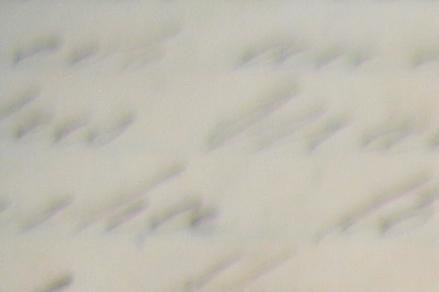
Teachers, need a primary source to create a lesson in the classroom? Students, need a source for a research project?
Here, we've listed the primary sources featured in our Unit Plans. Click on a primary source to go to its page, where you may find additional images, transcriptions of the text, a citation guide for including the source in a bibliography, or ways to purchase copies of the source for the classroom.
HSP's collections are not limited to the primary sources listed here. To see all that HSP has to offer, come visit us or explore our collection online through the Digitial Library and the Discover online catalog.
Some sources have handwriting that is difficult to read. If you need help decoding handwriting, check out this guide from Ancestry.
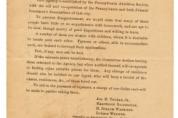 This document is an employment circular from the Pennsylvania Abolition Society's Committee on Employment. |
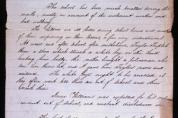 This was a report from teachers to the Clarkson Educational Association detailing their thoughts on the school. |
 This is a floorplan of Clarkson Hall, a school run by the Pennsylvania Abolition Society and its headquarters for many years. |
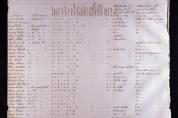 This is another page of the Census on the Condition of Colored People in Philadelphia in 1847 which studed the local African-American community. |
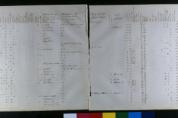 This is a page from the Colored Census of Philadelphia conducted in 1847. This census focused on gathering data about the African-American community in Philadelphia. |
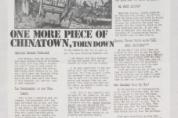 This newsletter in English and Chinese was published in July 1975 to protest demolition within Chinatown. State and City officials are held to blame. |
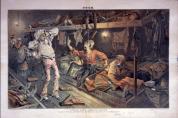 This cartoon, published in Puck in the 1880s, reinforces the stereotype of the Irishman as an essentially combative troublemaker. Uncle Sam reprimands him, "Look here, you, everybody else is quiet and peaceable, and you're all the time a-kicking up a row!" The editorial that accompanied the cartoon asserted: "the raw Irishman in America is a nuisance, his son a curse. They never assimilate; the second generation simply shows an intensification of all the bad qualities of the first. . . .They are a burden and a misery to this country." From the Balch Institues Broadside collection. |
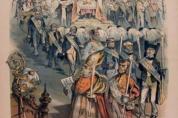 This cartoon references anti-Catholic attitudes common throughout the 19th century that Catholics were anti-democratic and loyal primarily to the Pope. Here the pontiff dreams of presiding over "A Catholic America" that values "The Church First -- The Country Afterwards." It is from the Balch Institute Broadsides Collection. |
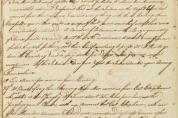 In 1763, William Trent kept a daily journal and Orderly book during his time at Fort Pitt. These excerpts are from May and June of that year. While his journal provides an account of the daily life at the fort, the orderly book gives an account of Trent's leadership and the role of the military at the fort. |
 This map, found in the Journal of General Edward Braddock's Expeditons, shows the route and encampments of the British Army in 1755. |
 This map shows a draft of Fort Pittsburgh drawn by Lieutenant Thomas Hutchins dated April 4, 1759 and contains a detailed key that names different areas within the fort. |
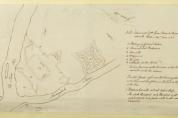 This map shows a rough plan of Pittsborough, the name given to the area between the Monongahela and Ohio Rivers by General Forbes when the British reclaimed the land in 1758. The plan is from the Penn Family Papers on Indian Affairs and does not contain a date. |
- ‹ previous
- 19 of 22
- next ›
